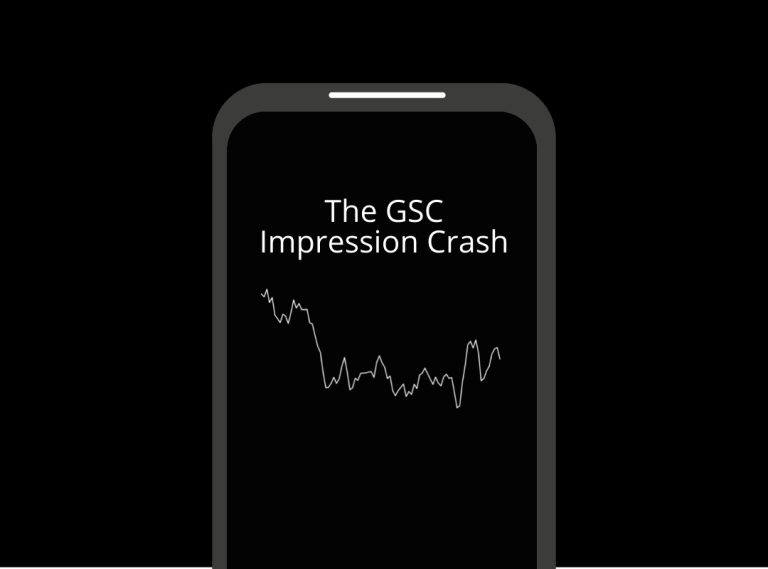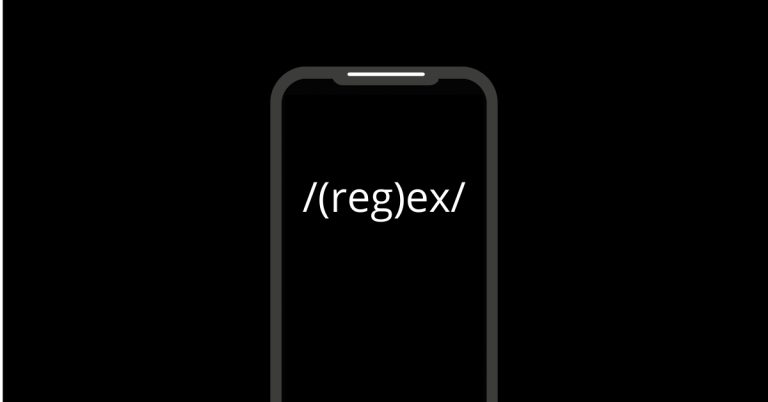Duplicate content dilutes signals and wastes crawl budget, so mastering canonical tags is essential for stabilising rankings and consolidating page authority. You should map duplicates, identify near-duplicates, and designate a primary canonical URL for each content cluster. Implement rel=”canonical” consistently to guide search engines, reduce keyword cannibalisation, and preserve link equity.
Regular audits help catch parameterised URLs and syndication surprises. If you keep going, you’ll reveal deeper techniques to refine signals and boost performance across pages.
Understanding Duplicate Content and Its Impact on SEO
Duplicate content occurs when identical or substantially similar material appears on multiple URLs. You’re evaluating how search engines interpret multiple pages, and you’ll notice that duplication can dilute signals like links, anchors, and user signals.
The core issue: search engines must decide which version to index and rank, potentially splitting relevance across variants. When duplication is widespread, you risk weaker rankings or virtually no ranking for certain pages. Data show that even moderate duplication can reduce crawl efficiency and page authority, delaying indexation and diminishing visibility. In extreme cases, you may trigger seo penalties, though most impacts stem from lowered perceived unique value rather than formal sanctions.
The practical takeaway is to map content, identify near-duplicates, and quantify overlap with tools that measure similarity by word choice, structure, and metadata. Proactively addressing duplication preserves crawl budget, concentrates link equity, and sustains ranking potential.
A critical element is ensuring consistent canonical signals so that search engines understand which page to prioritise and index. duplicate content can fragment ranking potential across multiple URLs, making canonicalisation a key preventive measure.
What Are Canonical Tags and How They Work
Canonical tags are a signaling mechanism that tells search engines which version of a page should be considered the authoritative one for ranking. You’ll use them to prevent content dilution when duplicates exist, ensuring consistent signals to crawl and index. In practice, a canonical tag communicates a preferred URL, guiding engines to treat that page as canonical while ignoring others.
This boosts crawl efficiency and preserves link equity, reducing the risk of ranking penalties from duplicate content. You’ll see benefits in clearer ranking signals, improved click-through consistency, and easier content consolidation across domains. The tag is a metadata element placed in the head of the page, not visible to users. When implemented correctly, it stabilises rankings for similar pages and preserves the value of external links.
- canonical tag benefits
- canonical tag examples
- detect and verify correct usage
- avoid common pitfalls and misconfigurations
When to Implement Rel=”Canonical” for URLS
Rel=”canonical” should be implemented when you have duplicate or near-duplicate content across URLs, or when multiple URL parameters create fundamentally the same page. You’re prioritising indexation clarity over page duplication, so deploy canonical tags on the primary version to consolidate signals.
In practice, map all variants to one canonical URL and monitor crawl behaviour via server logs and Google Search Console data. This reduces duplicate content pitfalls and prevents keyword cannibalisation, while preserving user access through parameter-rich URLs. Use consistent canonical declarations on related pages to avoid conflicting signals that could dilute rankings. Evaluating impact with data—impressions, click-through rate, and position changes—lets you quantify benefits. If two pages offer similar value, canonicalise toward the higher-performing variant.
Remember, canonical tags are guidance, not a carte blanche for bad content. When executed correctly, the canonical tag benefits include clearer intent signals and improved crawl efficiency, while circumventing unnecessary indexing of duplicates.
Common Scenarios Requiring Canonicalisation
There are several common scenarios where canonicalisation makes sense, each tied to how users land on pages that offer similar value. You’ll often encounter situations where search engines must distinguish intent across variants, yet the value remains aligned.
By selecting a canonical, you signal which page should rank, reducing confusion from duplicate pages and content variations. Understanding these patterns helps you preserve link equity and improve crawl efficiency.
- URL parameters that create multiple URLs for the same content
- Print versions or mobile versions that present similar content
- Syndicated content and content syndication across domains or partners
- Similar products pages with minor attribute differences
Use canonical tags to unify these copies, prioritising the primary page you want users to see. This approach minimises duplicate content issues, guarantees consistent indexing, and concentrates ranking signals on your preferred URL.
Auditing Your Site for Canonical Issues
Auditing your site for canonical issues starts with a precise inventory of how pages duplicate content and where signals may be diluted. You map duplicates by URL patterns, parameters, and pagination, then assess crawlability and indexation gaps. Use analytics to quantify duplicate prevalence, and compare metadata consistency across pages that target the same intent.
Focus on site structure: identify hierarchical or cross-linking anomalies that funnel signals away from canonical pages or create conflicting signals. Inspect internal linking, sitemap completeness, and canonical tag presence on critical pages, noting any mismatches between declared and actual canonical targets.
Evaluate content strategy alignment: whether similar pages truly serve distinct user intents or simply fragment authority. Prioritise remediation by impact and risk, then verify changes with iterative crawls and index status checks. Document findings in a actionable report, linking issues to measurable ranking or traffic implications, and set clear ownership for ongoing canonical governance.
Step-by-Step Guide to Implementing Canonical Tags
To implement canonical tags effectively, start by mapping your pages to the most authoritative version you want indexed and establish a clear rule set for when to apply rel=canonical. You’ll translate this framework into precise tags across pages, avoiding duplicates and conflicting signals.
Base decisions on URL structure, content similarity, and canonical intent, not guesswork. Track how readers arrive at pages to validate tag placements and minimise crawl budget waste. Use consistent canonical URLs, preferably static, with a single canonical per page. Ascertain every near-duplicate has a corresponding rel=canonical that points to the canonical version.
- Define canonical targets for category and product pages to consolidate signals.
- Implement canonical links in the head and test across crawlers for consistency.
- Validate that parameterised URLs funnel to the canonical without losing essential content.
- Document implementation tips and governance for ongoing consistency.
Monitoring, Testing, and Maintaining Canonical Signals
Monitoring canonical signals isn’t a set-it-and-forget-it task—continuous checks guarantee the signals stay aligned with evolving content and crawl behavior. You should implement ongoing canonical signal monitoring to spot mismatches between pages and their declared canonical tags, tracking how often signals diverge during content updates, migrations, or site restructures.
Use data-driven dashboards to quantify crawl-depth impact, page-level canonical consistency, and indexation timing changes, then prioritise issues by potential ranking risk and traffic shifts. Tag testing strategies involve controlled experiments: swap canonical references on a small subset, measure indexing and ranking responses, and compare against control groups to isolate effects. Regular audits across site sections reveal pattern deviations, such as pagination or parameter-driven duplicates, enabling timely corrections.
Document changes, correlate with SERP volatility, and maintain a rollback plan. By institutionalizing disciplined monitoring and testing, you preserve signal integrity and sustain stable rankings over long horizons.
Aligning Canonicals With Your Overall SEO Strategy
Aligning canonical signals with your overall strategy guarantees that technical SEO setup supports broader objectives rather’t left to chance. When you align Canonical Tags with business goals, you reduce duplicate dilution, conserve crawl budgets, and reinforce page-level signals that matter for ranking.
Start by mapping site sections to target intents, then pair each page with a primary canonical that mirrors your SEO content integration plan. Track how changes shift indexation, not just traffic, to validate canonical alignment strategies. Use data from SERP appearance, bounce rates, and conversion paths to refine which variants deserve canonical priority. This disciplined approach helps prevent cross-page cannibalisation and guarantees consistent signal flow to priority pages. Define canonical ownership for every content cluster canonical ownership to ensure accountability across teams.
Canonicalisation isn’t optional—it’s a data-driven signal you control. By aligning internal links, avoiding duplicate pages, and stamping the preferred URL with rel=”canonical,” you consolidate signals, improve crawl efficiency, and boost ranking clarity.
Regular audits catch misconfigurations, while testing confirms signal strength across devices and platforms. When canonical tags reflect your true content hierarchy and goals, you create a resilient, scalable SEO foundation that consistently supports visibility, click-through, and conversion metrics.





